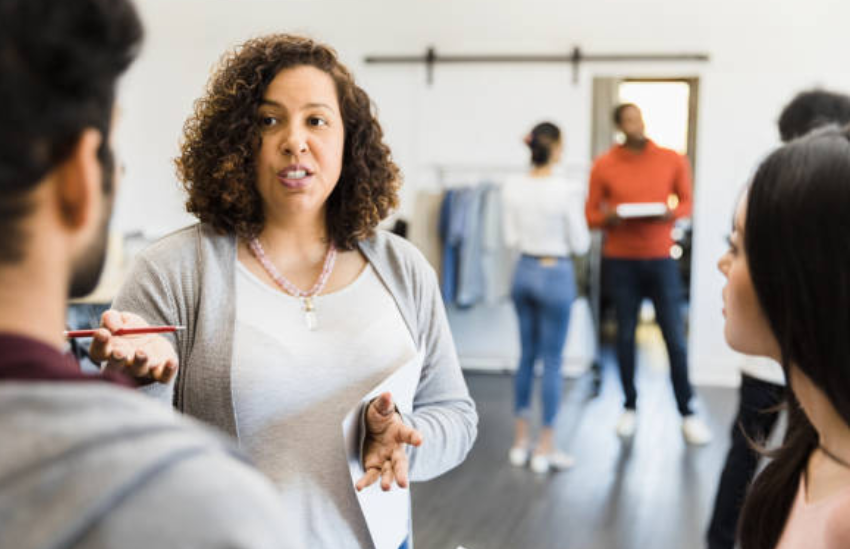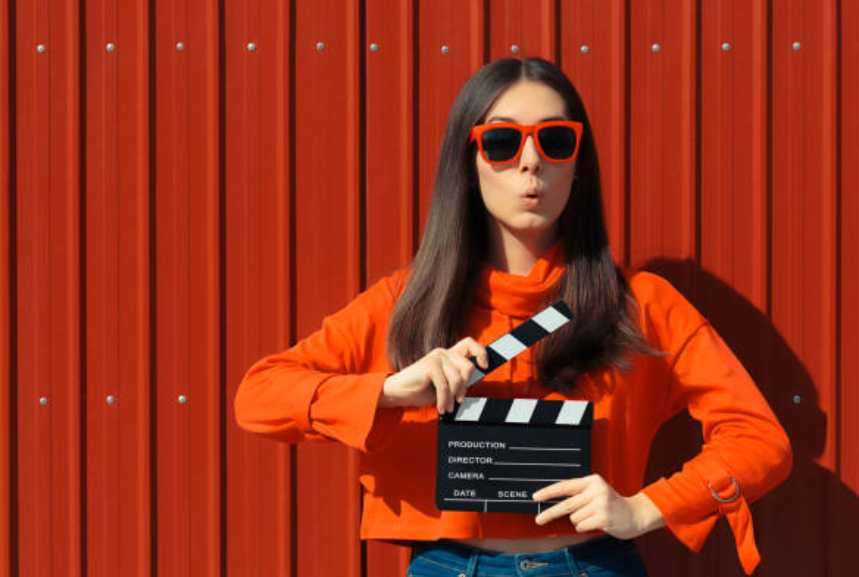The entertainment industry has long been criticized for its lack of diversity in casting. The recent strides have been made to open the doors to more inclusive representation. Today, the casting landscape is evolving, recognizing that authenticity in storytelling depends on casting actors who reflect the world we live in—a world that is beautifully diverse.

Why Diversity in Casting Matters
Casting decisions not only impact individual actors but also influence how audiences view the world. Representation on screen and stage plays a critical role in shaping cultural narratives and public perception. Diverse actors take on roles that were traditionally reserved for a narrow demographic, it challenges stereotypes. This shift isn’t just about race and ethnicity; it also includes gender, body type, sexual orientation, disability, and age. This shift is long overdue and will enrich storytelling and provide audiences with a broader, more inclusive reflection of the world.
Benefits of Inclusive Casting
Authenticity in Storytelling: offers audiences more relatable and realistic narratives. Authentic casting choices lead to deeper connections between the content and its audience.
Reflecting Global Audiences: As film and TV become more accessible worldwide through streaming, the demand for stories and characters that reflect global diversity has risen. Projects that embrace this inclusivity often resonate more with international audiences.
Increased Opportunities for Underrepresented Actors: Diversity in casting opens up opportunities for actors from various backgrounds. It offers them roles that may have previously been out of reach.
If you want get cast and are giving a lot of auditions make sure you check out our blog that distinguishes between “expectations and Reality” and now go and breg a leg.

How the Industry is Shifting
Casting directors, filmmakers, and producers are becoming increasingly aware of the need for diversity. Many casting calls now actively seek actors from underrepresented communities to ensure an inclusive process. Award shows and film festivals are also starting to spotlight projects that promote diversity, further pushing the industry towards change.
Initiatives like The 4% Challenge, which promotes hiring more women directors, and #OscarsSoWhite, which brought attention to racial inequities in Hollywood, are gaining momentum. Moreover, platforms like Netflix, Hulu, and Amazon Prime have led the way in showcasing diverse stories, demonstrating the commercial and critical success that inclusivity can bring.
Challenges Ahead
True diversity goes beyond tokenism—it requires casting decisions that honor the authenticity of the characters and their stories. Sometimes, “diversity hires” can feel forced or surface-level, failing to fully integrate inclusivity into the narrative.
Furthermore, many underrepresented groups still face significant barriers, particularly in leading roles. there’s been progress in terms of representation. The industry must continue to push for more inclusive storytelling, not just in supporting roles but at all levels, including behind the camera.
Conclusion
Diversity in casting isn’t a trend—it’s a long-overdue shift that enriches storytelling and provides audiences with a broader. More inclusive reflection of the world. As the industry continues to evolve, casting professionals, actors, and audiences alike will benefit from a more.
For aspiring actors, it’s important to embrace your unique background, identity, and experiences. Casting is no longer about fitting into a narrow box—it’s about bringing your authentic self to the table.

